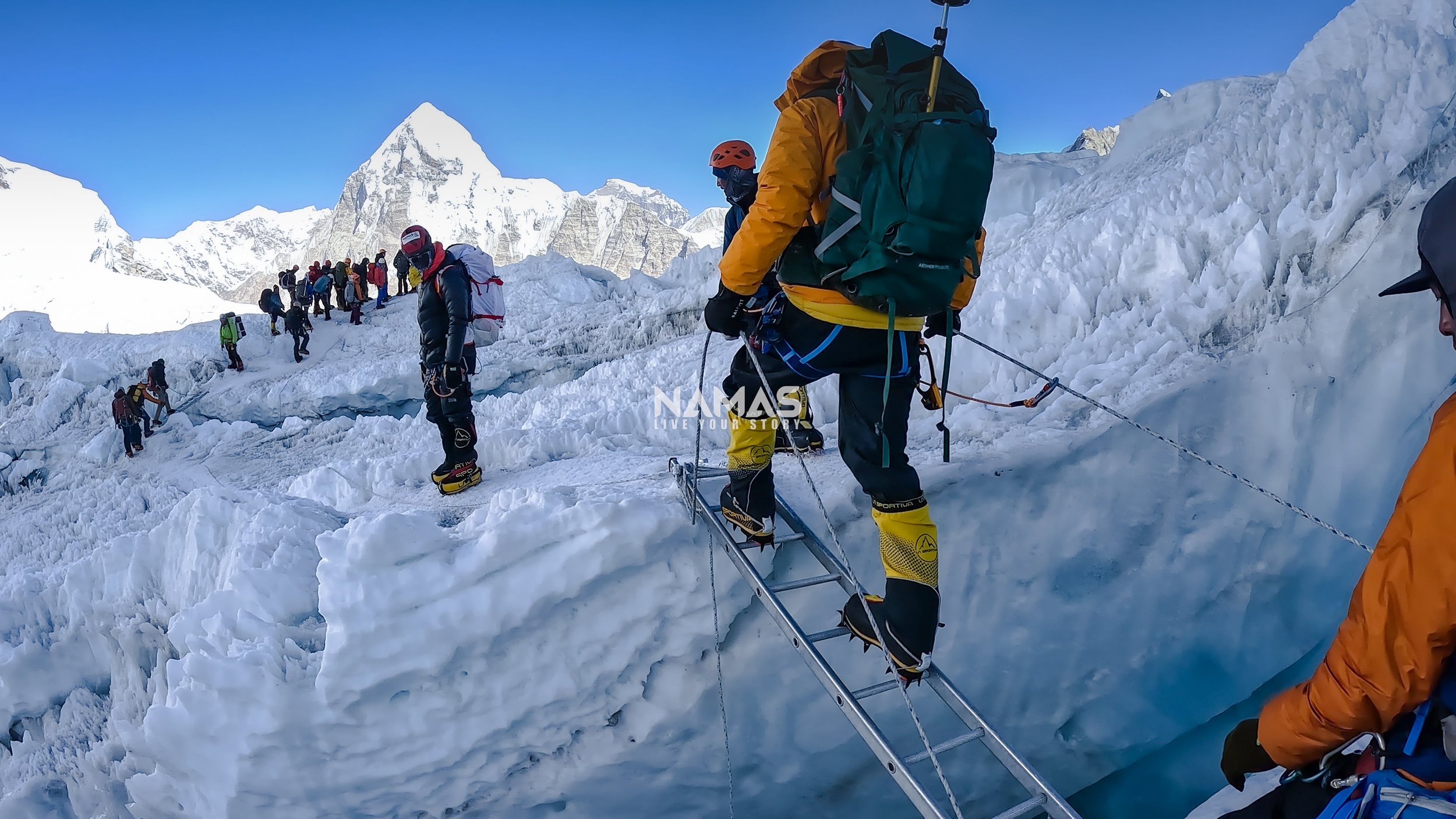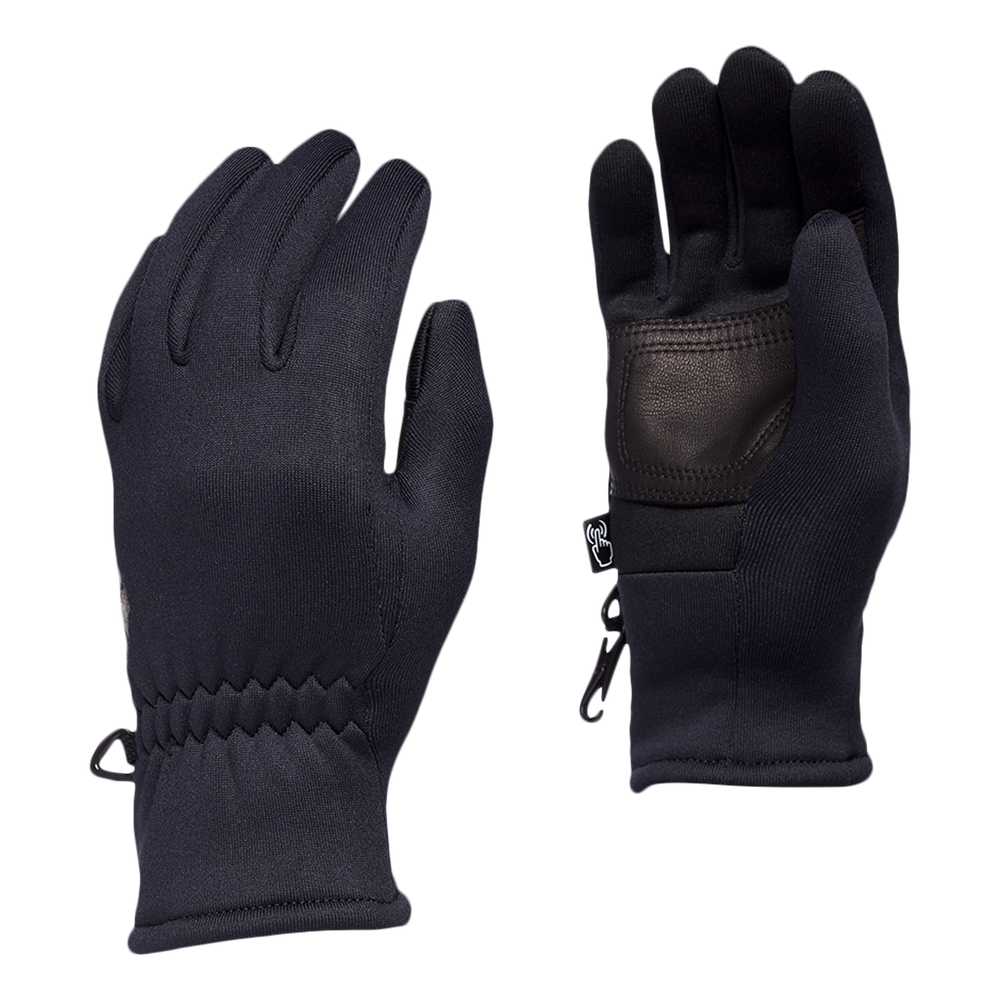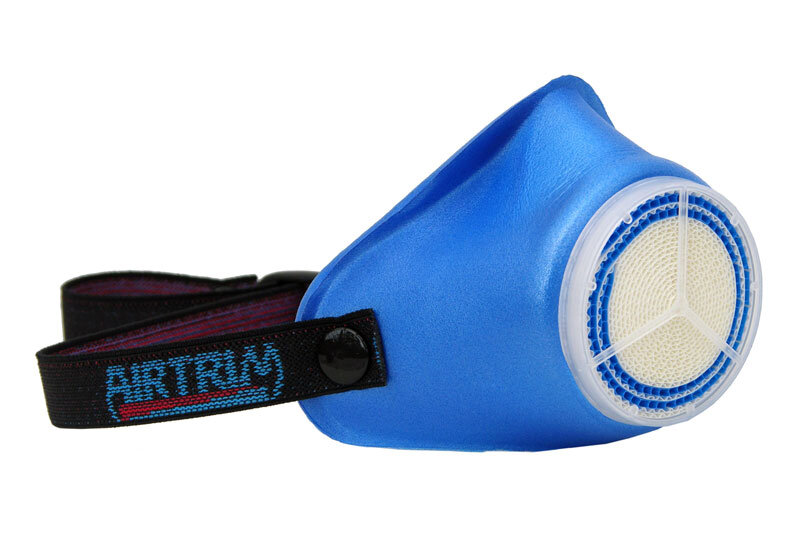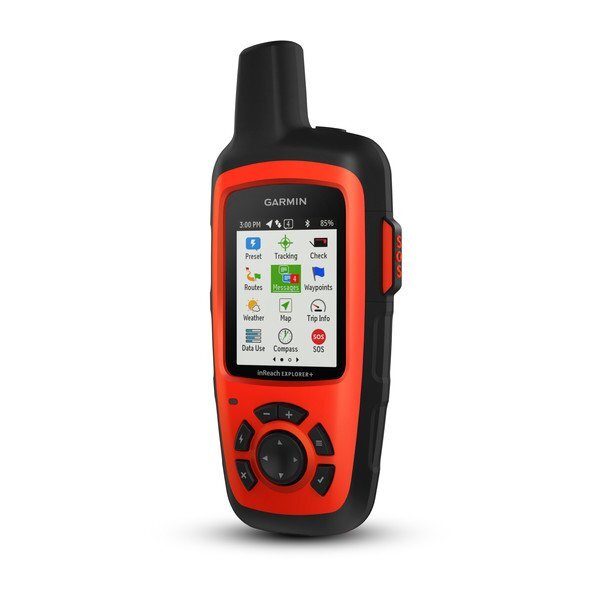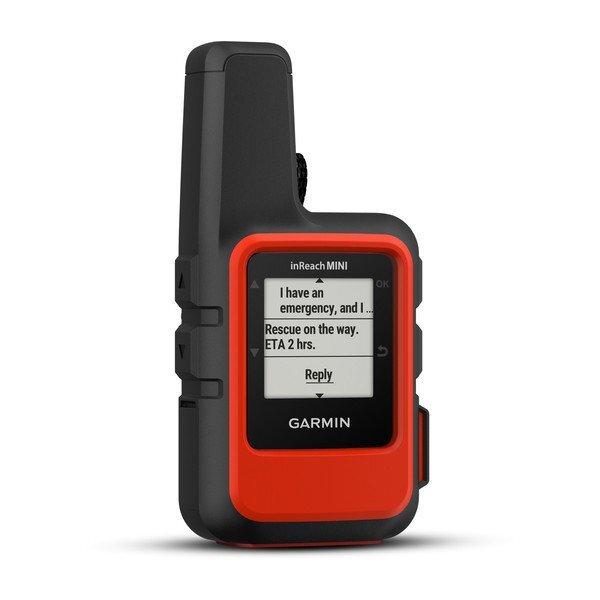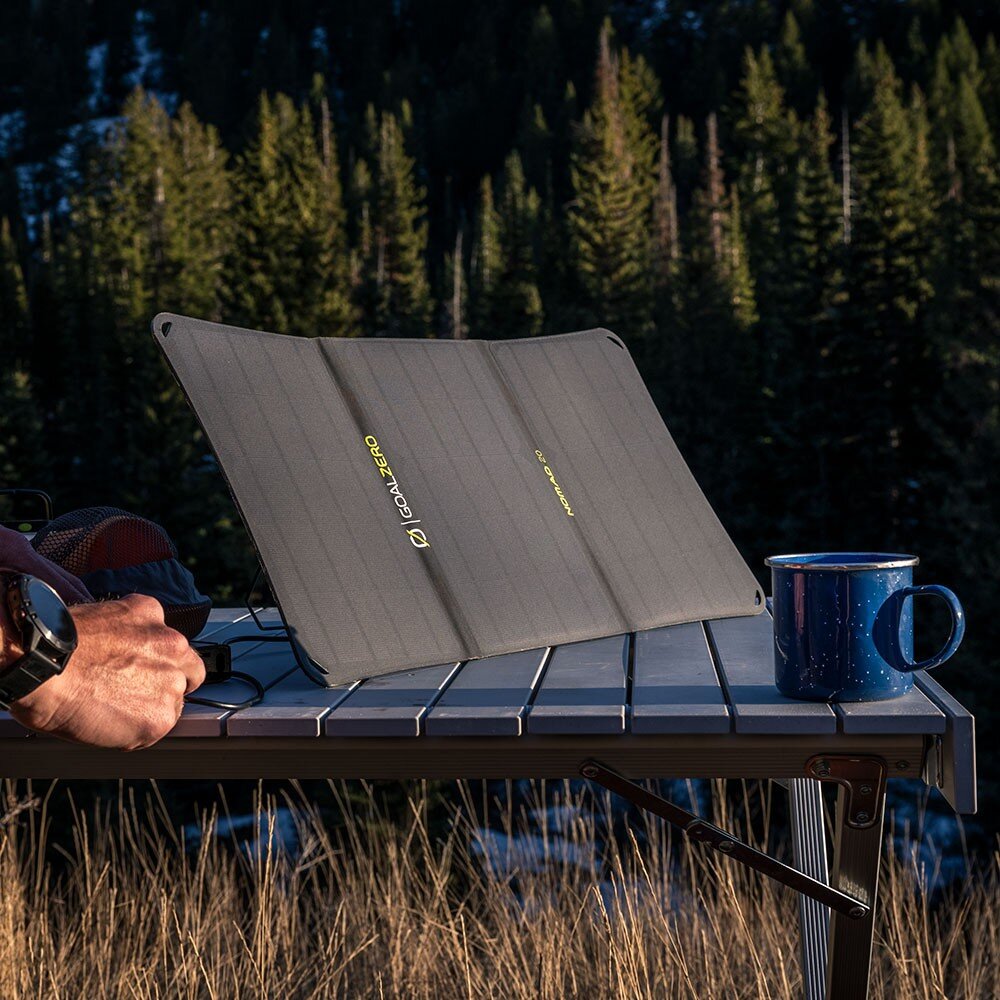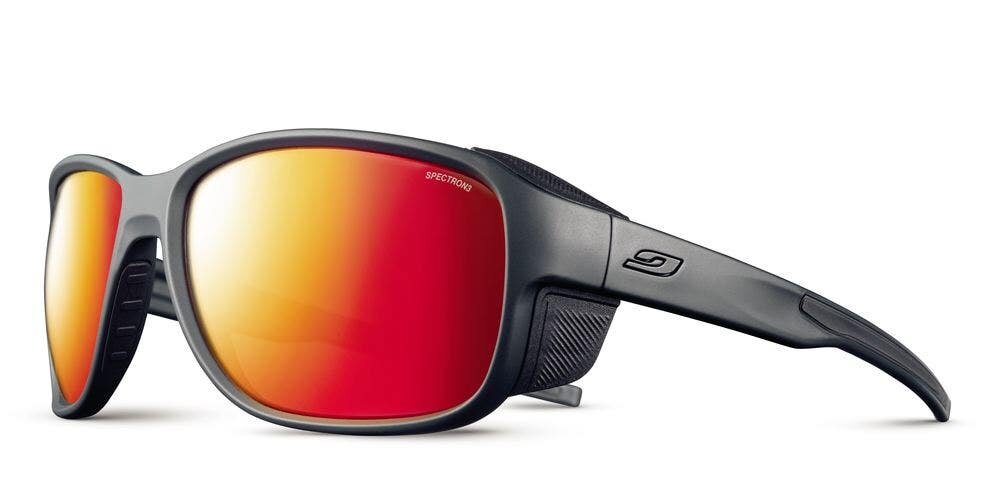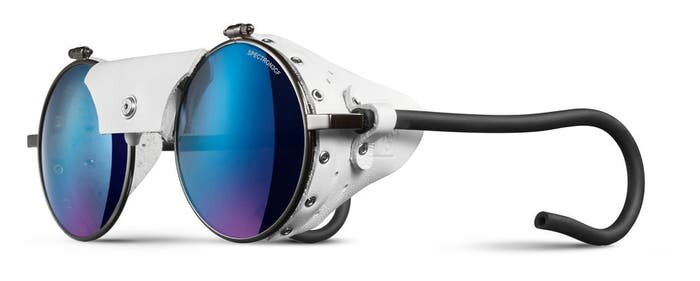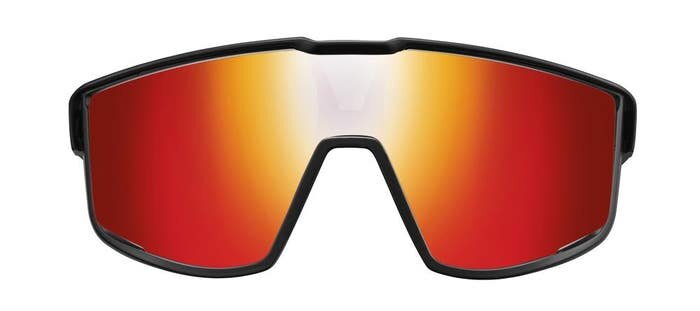Mount Everest Expedition, climbing strategy - Namas Adventure
The Everest, as in the mountaineering, is the greatest goal of climbing adventures. As a mountaineering challenge, it has attracted people to come and explore this breathtaking Himalayan mountain. The most desirable achievement accomplishing here is to climb to the summit of Mt. Everest 8848M.
There is a system that every Everest climber should follow to increase the likelihood of success. It’s based on experience, planning and skill but there are other factors too such as clear weather window, sheer persistence and training. Our expert team of Everest expedition strategists take all the factors involved and build a plan that ensures your dream becomes a reality, not just once but time and time again. Everest results from the combination of a great strategy and a system. If you decide to join an Everest expedition, you will be dealt with professional guides who will do everything they can to ensure you reach the summit. We give you a structured game plan to assure that you’ll get to base camp and one day, to the summit of Mount Everest.
Everest Base Camp 5346M
We take a slow trek through the world's iconic Everest base camp trek, acclimatising and getting the perspective of the local region. Our first goal will be to summit Lobuche east as our acclimatisation peak. After that our team heads towards our final camp to settle in Everest base camp.
If you want to invite your family or friends to join you until Everest Base camp or Lobuche East Peak climb (Beginner/Intermediate) then you can find more information on the link below or please mail us to make those arrangements.
For more information on Everest Base Camp (Click here)
Lobuche East 6119M climb for training and acclimatisation
We use Lobuche East peak as our acclimatisation and training peak. Mount Lobuche East 6119M is another popular 6,000M climbing peak in Nepal. This peak will provide us a perfect starting point to refresh our skills, climb a 6000M+ peak to get our body acclimated to high altitude, and enjoy the climb with our fellow expedition members. As this will be the group’s first climb together, this will give our guides a better understanding of where each climber are in terms of confidence, fitness and skills.
We will be using base camp and high camp before we summit Lobuche East mountain and head back to base camp and rest for a night there before we move towards Everest BC.
Everest Base Camp 5346M
Preparation will have already begun even before the arrival of climbers at the base camp. Our base camp manager and the team will have already set up our individual camps, storage camps, comms-media stations, toilet-showers, kitchen-dining tents, and Namas base camp HQ for all other briefing purposes.
Puja Ceremony
2024 Namas Everest expedition team at base camp after puja ceremony
All of our expeditions only begin after a Puja ceremony. Where a dedicated Lama Guru (head Monk) will conduct the ceremony. He will recite the prayers to The Mountain gods asking for well-being, safety, safe passage and a successful expedition. All climbers will be requested to take part in the ceremony as this is very important for the guides and your climbing gears will also be blessed during the puja.
Training at Base Camp and Khumbu Icefall. (Ladders, fixed lines training) 5486M / 17998ft
Training at Khumbu ice fall
After settling at base camp, this is where all the climbing team will reside for the next 40+ days. Climbing ladders to cross the great Khumbu icefall is the first real objective/technical challenge when climbing Everest. So, we focus a large portion of our training on getting used to crossing these ladders. Another part of our training will be climbing on the glaciers which are near to our base camp. Here we will further refine our skills by climbing vertical ice walls using fixed ropes and ice axe. We do our best to mimic the environment in the icefall and train walking on the step ladder step by step. By the time we start our way to climb Khumbu icefall to climb up to camp 1, all climbers will have a good understanding of crossing the ladders and will also be guided personally in real-time.
How many rotations: Each time we go from base camp to Camp 1 we will have to cross Khumbu ice fall.
When will climbers sleep here: No, we do not sleep here.
Camp 1 (6,065M/19,900ft)
Camp 1 Everest Expedition
Camp 1 is will be setup once Khumbu Icefall challenge is crossed. The camp is setup below the Nuptse in an icy and snowy surface. The route gets even from here onwards up to camp 2. This will be the first area where climbers will have to share tents and accommodate in an alpine environment.
How many rotations: 2 rotations
When will climbers sleep here?: Climbers will sleep here during acclimatization rotation mostly.
Camp 2 (6400M/20997ft)
Hike from Camp 1 to Camp 2 is a fairly even one out of all the climb during the entire expedition. The route is a pass sitting right between Nuptse, Everest and Lhotse face right in front when climbers hike.
How many rotations: 2 rotation
When will climbers sleep here?: Climbers will sleep here during acclimatization rotation mostly and when descending back from the summit.
Camp 3 (7200M - 7500M / 23622ft+)
Camp 3 sits at a steep section of Lhotse's face. This climb and will be one of the most strenuous uphill climbs using fixed-line ropes from camp 2 to camp 3. Camps here are one of the most dangerous ones as they are set up in small ledges/pockets where it is suitable. We ask all our climbers to make sure their safety ropes are tied onto the main safety ropes as there have been many falls and incidents, particularly during nighttime.
How many rotations: 2 rotation
When will climbers sleep here?: Climbers will sleep here during acclimatization rotation mostly and possibly when descending back from the summit if they are too tired to make it to camp 2.
South Col (Camp 4) (7906M / 25938ft)
This will the final camp before heading to the summit. The camp sits at 7906M just 100M below the Death Zone area. Climbers will be using oxygen bottles when they are in their tents as the air is very thin here. From the South Col to the summit it is about 1.7-1.9 miles and usually takes from 6 to 9 hours or more. We will begin our summit bid just before midnight with a steep climb up the Southside of Everest. Upon reaching the Balcony at 27,500 feet, climbers turn West up the ridge to the South Summit, over the Hillary Step onto the Summit Ridge, and then to the summit.
How many rotations: None
When will climbers sleep here?: 1 night
Summit of Everest (8848.86M / 29031.69 ft)
Our aim will be to stand at the summit around 7 - 10 am in morning. The climb to the summit will be one of the hardest and toughest part of the entire expedition. As we leave the south col, first we will have to climb a steep hill about 30-40 degrees to the balcony of the south side of Everest. From there with the support of fixed-line rope we jummar and ascend climbing on the southeast ridge to the south summit. Here we rest and replace our new O2 cylinder and after regaining our energy, climb to cornice traverse, then to Hillary's step, and finally reach the summit or roof of the world, Everest. For most climbers, once they climb the Hillary step it will roughly take 30min to reach the summit of Everest.
Once on the summit, we rejoice our moment, celebrate take pictures and soak it all in before we gather our moment and get ready to head back down to our camps. The duration of your summit depends upon how long the good weather window will remain open. Remember on any mountain climb the summit is only halfway done. Heading down is another dangerous part there have been many incidents. We slowly make our way through the same route to South Col camp with our aim to stop at Camp 2. The entire climb will be about 16 - 20 hours depending on the fitness level of climbers.
Are planning to climb and summit to the roof of the World one day? We run expedition to Everest every year (2023) taking all your climbing personal needs into accounts as well as implementing responsible and sustainable strategy in our expedition strategy. Our team is here to assist you in making your dream of climbing Everest being safe with tons of fun and being responsible & sustainable during our expeditions. Email us at bookings@namasadventure.com to inquire.
Live Your Dream. Live Your Story
Technically challenging commercial peak expeditions below 8000M to climb in Nepal - Namas Adventure
Scrambing on vertical uneven rocky section, Ama Dablam Expedition
For climbers seeking a technically challenging commercial peak climbing expedition in Nepal, we have compiled a list of amazing expeditions. By no means are these expeditions suitable for beginner/Intermediate level climbers. This one is for the pure grit lovers who want to enjoy, suffer, test their skills, and experience type 2 fun in the remote Nepalese Himalayan peaks.
Most commercial expedition teams avoid super technical routes but with some mountains, you just can’t find a way around it. The only way to accomplish the expedition is to put your technical climbing skills to the test. These expeditions require climbers to have all the necessary skills for technical climbing. For the sake of clarity, all commercial expedition does have a fixed rope system in place, unless all the team members want to go alpine-style without the assistance of a fixed rope. Fixed-line ropes are there for safety and assistance.
Skills such as climbing 70 - 90 degrees vertical routes, traversing on knife-edge ridges or couloirs, ice climbings skills on verticals, scrambling on rocky sections, being ok on uneven exposed areas, and long abseiling on vertical and vastly exposed sections. This sort of climb is more of an art form combined with pure strength and grit. So now that we have mentioned the level you need to be at, the expeditions mentioned below will give you their fair share of amazing technical climbing challenges.
AMA DABLAM 6810M EXPEDITION
Ama Dablam is our very first recommendation because the summit success rate is relatively higher compared to other peak expeditions on the list. It does have to do with its popularity and many other teams being in the mountain.
Dominating the views of the Khumbu trail, Ama Dablam is picturesque it is this magnificent peak also provides the challenges of climbing a technical peak expedition. Ama Dablam is the third most peak expedition permit that is issued every year. With Autumn being 90% of the permit issued, if you want to see very few climbing teams then spring climb should be your choice. This one is a must for all mountaineering enthusiasts.
Ama Dablam expedition Difficulty
Grading (Alpine/Fitness): TD / 5 (click for more grading Infos)
Rock climbing grade: 5.4 to 5. 9
Mixed climbing difficulty: M2 - M3
CHOLATSE 6440M EXPEDITION
Cholatse expedition is considered a step up or technically challenging mountain compared to the Ama Dablam expedition. This towering 6640M peak sits right between Gokyo valley and Everest. Do not underestimate the peak because it does now tower above 6500M. The never-ending knife-edge ridge sections above 6000M and climbing on the super exposed mixed section are not to be taken lightly. These types of expeditions are more for the alpinist nature who loves the art of alpine climbing and perseverance.
Cholatse expedition Difficulty
Grading (Alpine/Fitness): TD / 5 (click for more grading Infos)
Rock climbing grade: 5.4 to 5. 9
Ice Climbing: WI2+
Mixed climbing difficulty: M3 - M4
PUMORI 7161M EXPEDITION
Pumori 7161M mountain peak is another technically challenging peak to climb in the Everest region. Pumori is another mountain that dominates the view during trekking or climbing in the Everest region. Climbing via the South East Ridge route, the route is wildly exposed with several exposed crux at higher altitudes. Climbers wanting to take on the challenges of the Pumori peak expedition should not take it lightly and previous climbs of extreme altitude technical climbs are a must.
Since it is located opposite to Everest, Lhotse and Nuptse south face the events on the other side of the mountain cannot go missing. Some Everest teams use Pumori an acclimatization peak.
Pumori 7161M expedition difficulty
Grading (Alpine/Fitness): TD / 5 (click for more grading Infos)
Rock climbing grade: 5.4 to 5. 9
Mixed climbing difficulty: M3- M4
Want to plan Pumori 7161M Expedition with the Namas Adventure team? Email us at - bookings@namasadventure.com. Once we form enough team with 4+ members we can start planning this expedition.
We will add more expeditions of such types as we explore these types of climbing expeditions.
Explore more. Go.
Live Your Story
Climbing your first 8000M mountain peak - Namas Adventure
Which 8000M Mountain peak should I first aim for?
Which is the easiest, accessible, and safest 8000M peak to climb first?
What should my first ideal 8000M peak climb be?
Which 8000M should be my first challenge?
When considering an 8000M mountain peak expedition, it is important to have the right experience and preparation. Before attempting any 8000M peak, we recommend that climbers have completed at least two 6000M peak expeditions, such as Lobuche East 6119M, Island Peak 6189M, Kilimanjaro, Aconcagua or Chulu West 6419M, as well as at least one expedition to a peak of 7000M or higher, such as Baruntse 7129M, Himlung Himal 7126M, or Putha Hiunchuli 7246M. These expeditions will provide valuable experience and understanding of what it takes to be successful at high altitudes, as well as the physical and mental demands of long and challenging days in the mountains.
With that said, it is important to note that there are no easy or comfortable climbs at 8000M. However, when comparing the 14X8000M peaks, the expeditions listed below are considered entry-level and are generally considered to be less technical and safer options at this altitude
Manaslu 8163M
Manaslu 8163M, is the eighth highest mountain in the world and is considered an introductory 8000M mountain peak. This should be the choice for many climbers, who want to make this their first-ever expedition into 8000M. Granted this expedition sees many climbing teams during the autumn climbing season, this factor makes this expedition relatively safer logistically and with enough team support. There are fewer technical sections and fewer hazards. This has been the most preferred 8000M expedition ever since the Cho-Oyu expedition from the Chinese side has been uncertain and difficult dealing with Chinese authorities.
The lower section (between camp 1 and camp 2) has most of the objective danger and is also prone to avalanches. Make no mistake, all-mountain big or small is prone to these objective dangers. Climbing the true summit of Manaslu is another technical challenge. (Manaslu true summit blogpost link) The last 50M - 60M will have to be traversed on exposed slope sections and the summit can only fit 1-2 climbers at a time. You will need to sharpen your ice climbing and traversing climbing skills. But if you are comfortable with the fore summit then you need not worry about the final 50M - 60M technical climbing challenges on Manaslu.
Pre-requisite requirements (at least one 6000M & 7000M + multi-pitch climbing & ice climbing): Lobuche East & Island Peak, Chulu West, Khumbu 3 Peak expeditions, Mt, Blanc, Baruntse peak, Himlung Himal, Ama Dablam. (Similar 4000M - 6000M peaks or higher), multi-pitch climb (rock or ice), rock climbing grade up to 5-9+/- to 5.10 a,b,c, and Ice climbing WI-3 to WI-4.
This expedition is considered a must final crucial expedition for the “Road to Everest” expedition goal. Our team organizes Manaslu every year. Join us and let us help you step into 8000M safely and climb a true summit of Manaslu 8163M.
Cho-Oyu 8201M
Cho-Oyu 8201M, the 6th higher peak in the world is another safer mountain and gets its famous tag as the easiest 8000M peak. Located between Nepal and China, this 8000M peak lies 20km away from Mt.Everest. Where the difficulty lies in climbing this peak is complicated rules with Chinese authorities and uncertainties. New commercial routes from the Nepal side are begin tested (Gelje Sherpa team and Pioneer expedition team - 2022 Winter expedition) but the new route from the Nepal side is difficult and exposed. Only 14 people have climbed from Nepal’s side. Should the two team succeed with their expeditions, this will open doors to the Cho-Oyu expedition from Nepal’s side and a perfect alternative to climbing another 8000M peak from the Nepalese side.
Pre-requisite requirements (at least one 6000M & 7000M + multi-pitch climbing & ice climbing): Lobuche East & Island Peak, Chulu West, Khumbu 3 Peak expeditions, Mt, Blanc, Baruntse peak, Himlung Himal, Ama Dablam. (Similar 4000M - 6000M peaks or higher), multi-pitch climb (rock or ice), rock climbing grade up to 5-9+/- to 5.10 a,b,c.
Teams set up 3 higher camps with several rotations to strategize for the summit push. There are no real technical sections and the objective dangers are very few on the Chinese side of this peak. It is also one of the shorter 8000M expedition and base camp is even accessible by jeep. This makes it one of the most attractive expeditions for interested climbers and there have been well over 1000 ascents on this peak. On the Nepal side, the base camp is far, rugged, and longer compared to the Chinese side. This mountain is also a popular safer choice for high altitude skiers and snowboarders due to low objective risk and good snow conditions. Cho-Oyu 8201M, is mostly preferable to climb during the autumn season.
Our team is assessing situations with Nepal side climb and should the commercial route be tested and declared safer/accessible, we aim to plan the expedition from 2024 Autumn. Join us then
Are you planning your first-ever 8000M expedition? Want to test yourself in the death zone altitude before climbing higher to Mt. Everest or other tougher 8000M mountains? We hope the guidance and suggestion in this blog post have helped you to have an understanding of which 8000M to climb first. The right experience is a must and very important. Not only do inexperience and inadequate preparations hinder your chance of completing the expedition or endanger your life but also put the life of guide members and the team in danger too. Our team can help you prepare in the best way to gain the right experience to complete your dream of the first 8000M peak expedition.
Go challenge greater things. Commit and finally take on that dream adventures you have always been planning. Life is too short to live with regrets. See you in the mountains. 🙂🏔🙏🏼
Namas Adventure Team
Live Your Story
11 other essentials items for Mountaineering expedition: Easy to forget but super useful in the mountains - Namas Adventure
Mountaineering expeditions are tricky and when it comes to packing our gears it never ends. Pack, unpack, repack, re-check tour list and repack again. Wait for a few days and you feel you have missed something or you are wondering how can I make my pack lighter & smaller. So begins the process of organizing it and repacking it again. Our guess is you will never be satisfied with the process.
In this post, we have listed 11 essential items that may not look handy but are super useful during your mountaineering expedition. These items are not super-must and are easy to miss but having them in your pack can make your life a little bit easier during your expedition. Consider it mountain luxury at your disposal, adding a bit of comfort to your expedition.
Lip guards (Yes, more than one) & Sunscreen cream SPF 50, 70, or 100 (Also more than one)
SPF 50 blocks 98% of UVB rays
SPF 100 blocks 99% of UVB ray
Extra socks and gloves
We highly suggest you pack at least 1-2 pairs of expedition socks and gloves. There are days when you don’t feel like doing your laundry and having that extra socks is comfort on its own. Gloves are tricky, great if you don’t loose one, but if you do having that backup pair is key as you won’t be able to climb without your gloves. That we can guarantee and frostbite is not the ideal situation you want to experience.
Cold/warm air Mask regulator
This is one of the tools that we would consider essential for every climber. I It is amazing that many climbers are now attempting higher expeditions above 8000M+ like Everest, Makalu, Manaslu etc without supplement O2. (Kudos to the human potential and one’s motivation of pushing themselves) Or even climbing at 6000ers to 70000ers like Baruntse, Himlung, etc peaks. The air is so thin, dry, and crip cold that it takes a toll on our nose. Gross, it may sound but climbers know the issue of the clogged up nose and trying to get rid of this booger and breathing in cold air which is a struggle on its own. These air mark regulators are a godsend. It helps retain the moisture and regulate the cold air you breathe in to somewhat tolerable and a little warm. These are slowly becoming a must-have choice for many professional climbers. We can recommend two products which are listed below.
Thermos flask with a cup
Super handy when things are flexible and accessible especially when camping in high camps. That sip of warm water or tea is a god send and a booster. Imagine just having a cup when you want to drink water in your camps, the value of it is immense.
Nose/cheek Shielder
Nothing fancy here the UV rays from the sun and the cold air might be harsh on your cheeks and nose especially. So taping up can protect it from burning up.
Satellite communicator
Want to give peace of mind to your friends and families during your expeditions? Then satellite communicators are your answer. Garmin and other providers allow you to send messages to your loved ones or audience to keep track of your expeditions. (Works in most of the Himalayas Expeditions) You will have to use their subscription plans to be able to connect to the internet and use the features. The great news is you can use their FREEDOM plan when you are in the mountains and cancel it once you are back home.
Extra batteries, power banks and portable solar panels:
Solar technology keeps advancing and that’s great news for everyone. Highly recommend getting portable solar panels that you can just hang on your bag when juicing up your batteries and devices. Especially when you are in the remote corners of the Himalayas or other mountains, the sun is the only source of energy on clear days so you will want to make the best out of it and recharge all those batteries. Goal Zero makes some amazing portable solar panels and other devices that we can highly recommend for expeditions.
Extra Sunglasses
Nothing is more frustrating than losing or breaking your glasses when climbing in the mountains. Reflections from the sun are harsh and strong or even during gloomy days you must have a pair or even impossible to climb without a good visual. So always have an extra glass as a backup option. Plenty of brands out there but we are in love with JULBO pairs 😍.
Pee bottles
One can only understand the comfort of having a pee bottle when you are inside your tent and the temperature outside is freezing below -10C. Having a pee bottle at your reach is always handy when you do not have to keep getting out into the cold and dark to just your little business. That’s why we consider this, one of the musts.
Pro tip: Comes super handy when you are driving and you don’t have a place to make you wee stop 😅.
Nuts, Bars and Energy gels
You will always need that constant supply of nutrients in any form. Be it in solid-food form or liquid through the water. So having nuts, bars, or energy gels is always handy which are pocketable and easier to carry and just reach out when climbing or just resting. There’s plenty of amazing brands out there in the market. Cliff bars, High5 nutrition, SIS, etc
Wet wipes
Showers are a luxury during expeditions and it’s hard to maintain a constant flow of water at some locations or even non-existent. Wet wipes are your answers then. For the most part during the long mountain expedition, climbers understand that they may not be able to take shower for an extended period of time but we can adapt. Take a wet wipe shower (at least that’s what we call it) is a perfect alternative.
Do you have an item that you think is a must, on long expeditions that makes your life a little bit comfortable in the mountains? Please comment below.
And if you are planning mountain adventure in the Himalayas then our team is here at your service. We have yearly 6000M peak expeditions like Mera peak or Chulu West peak for beginners and experienced level climbers. 7000ers such as Baruntse 7129M Peak or Himlung Himal 7134M peak for the explorers or challenge seekers who want to climb higher peaks. 8000ers such as Manaslu 8163M or Makalu 8485M for the ones that want to get into the death zone and summit the Big E, Mt. Everest.
Explore More. Go.
Live Your Story
Namas Adventure team


